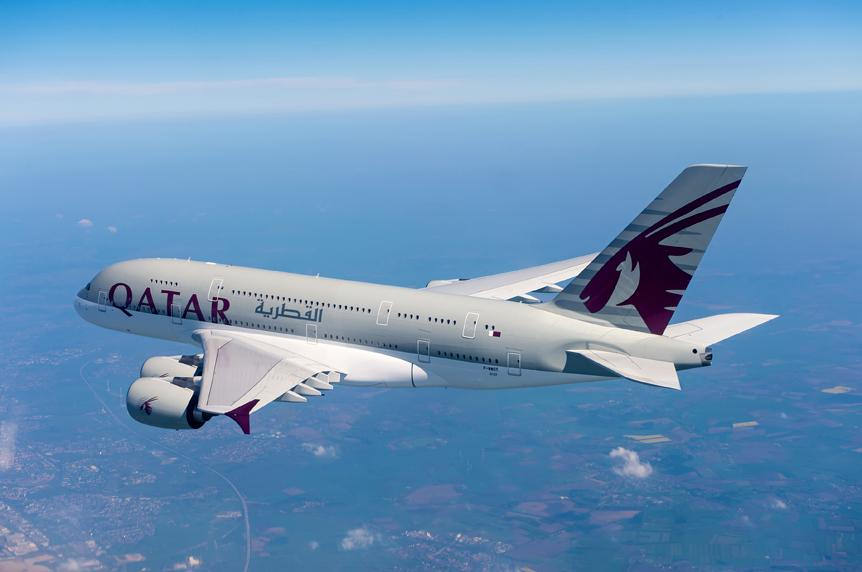Assai positive le stime di Iata (l’associazione mondiale del trasporto aereo) sul 2017: 29,8 miliardi di dollari di profitti netti a fronte di un fatturato globale stimato di 736 miliardi. I livello del rendimento netto si attesterà – secondo le stime Iata – a quota 4,1% del giro d’affari. Per il terzo anno – e si tratta della prima volta in assoluto – il ritorno sul capitale investito sarà superiore al costo del capitale stesso. Per il 2016 Iata ha rivisto in leggero ribasso le stime sul livello record di profitti netti pari a 35,6 miliardi di dollari. Insomma anni assai positivi anche se il costo del carburante è stimato in crescita nel 2017. “Tre anni di grandi successi e profitti per la prima volta nella storia del trasporto aereo” ha sottolineato Alexandre de Juniac general manager e Ceo di Iata.
Di seguito il testo inglese della nota di Iata.
Geneva – The International Air Transport Association (IATA) announced that it expects the global airline industry to make a net profit in 2017 of $29.8 billion. On forecast total revenues of $736 billion, that represents a 4.1% net profit margin. This will be the third consecutive year (and the third year in the industry’s history) in which airlines will make a return on invested capital (7.9%) which is above the weighted average cost of capital (6.9%).
IATA revised slightly downward its outlook for 2016 airline industry profitability to $35.6 billion (from the June projection of $39.4 billion) owing to slower global GDP growth and rising costs. This will still be the highest absolute profit generated by the airline industry and the highest net profit margin (5.1%).
“Airlines continue to deliver strong results. This year we expect a record net profit of $35.6 billion. Even though conditions in 2017 will be more difficult with rising oil prices, we see the industry earning $29.8 billion. That’s a very soft landing and safely in profitable territory. These three years are the best performance in the industry’s history—irrespective of the many uncertainties we face. Indeed, risks are abundant— political, economic and security among them. And controlling costs is still a constant battle in our hyper-competitive industry,” said Alexandre de Juniac, IATA’s Director General and CEO.
“We need to put this into perspective. Record profits for airlines means earning more than our cost of capital. For most other businesses that would be considered a normal level of return to investors. But three years of sustainable profits is a first for the airline industry. And after many years of hard work in restructuring and re-engineering the business the industry is also more resilient. We should also recognize that profits are not evenly spread with the strongest performance concentrated in North America,” said de Juniac.
2017
While airline industry profits are expected to have reached a cyclical peak in 2016 of $35.6 billion, a soft landing in profitable territory is expected in 2017 with a net profit of $29.8 billion. 2017 is expected to be the eighth year in a row of aggregate airline profitability, illustrating the resilience to shocks that have been built into the industry structure. On average, airlines will retain $7.54 for every passenger carried.
Expected higher oil prices will have the biggest impact on the outlook for 2017. In 2016 oil prices averaged $44.6/barrel (Brent) and this is forecast to increase to $55.0 in 2017. This will push jet fuel prices from $52.1/barrel (2016) to $64.9/barrel (2017). Fuel is expected to account for 18.7% of the industry’s cost structure in 2017, which is significantly below the recent peak of 33.2% in 2012-2013.
The demand stimulus from lower oil prices will taper off in 2017, slowing traffic growth to 5.1% (from 5.9% in 2016). Industry capacity expansion is also expected to slow to 5.6% (down from 6.2% in 2016). Capacity growth will still outstrip the increase in demand, thus lowering the global passenger load factor to 79.8% (from 80.2% in 2016).
The negative impact of a lower load factor is expected to be offset somewhat by a strengthening of global economic growth. World GDP is projected to expand by 2.5% in 2017 (up from 2.2% in 2016). Along with structural changes in the industry, this is expected to help stabilize yields for both the cargo and passenger businesses. This is a welcome development as yields (calculated in dollar terms) have fallen each year since 2012.
There is some optimism over the prospects for the cargo business in 2017. The break in falling yields and a moderate uptick in demand (3.5%) will see cargo industry volumes reach a record high of 55.7 million tonnes (up from 53.9 million tonnes in 2016). Industry revenues are expected to rise slightly to $49.4 billion (still well below the $60 billion level of annual revenues experienced in 2010-2014). Trading conditions remain challenging.
“Connectivity continues to set new records. We expect nearly 4 billion travelers and 55.7 million tonnes of cargo in the coming year. And almost 1% of global GDP is spent on air transport—some $769 billion. Air transport has made the world more accessible than ever and it is a critical enabler of the global economy,” said de Juniac.
“Governments, however, do not make aviation’s work easy. The global tax bill has ballooned to $123 billion. Over 60% of countries put visa barriers in the way of travel. And the total number of ticket taxes exceeds 230. Billions of dollars are wasted in direct costs and lost productivity as a result of inefficient infrastructure. These are only some of the hurdles which confront airlines. Our aim is to work in partnership to help governments better understand and fully maximize the social and economic benefits of efficient global air links,” said de Juniac.



